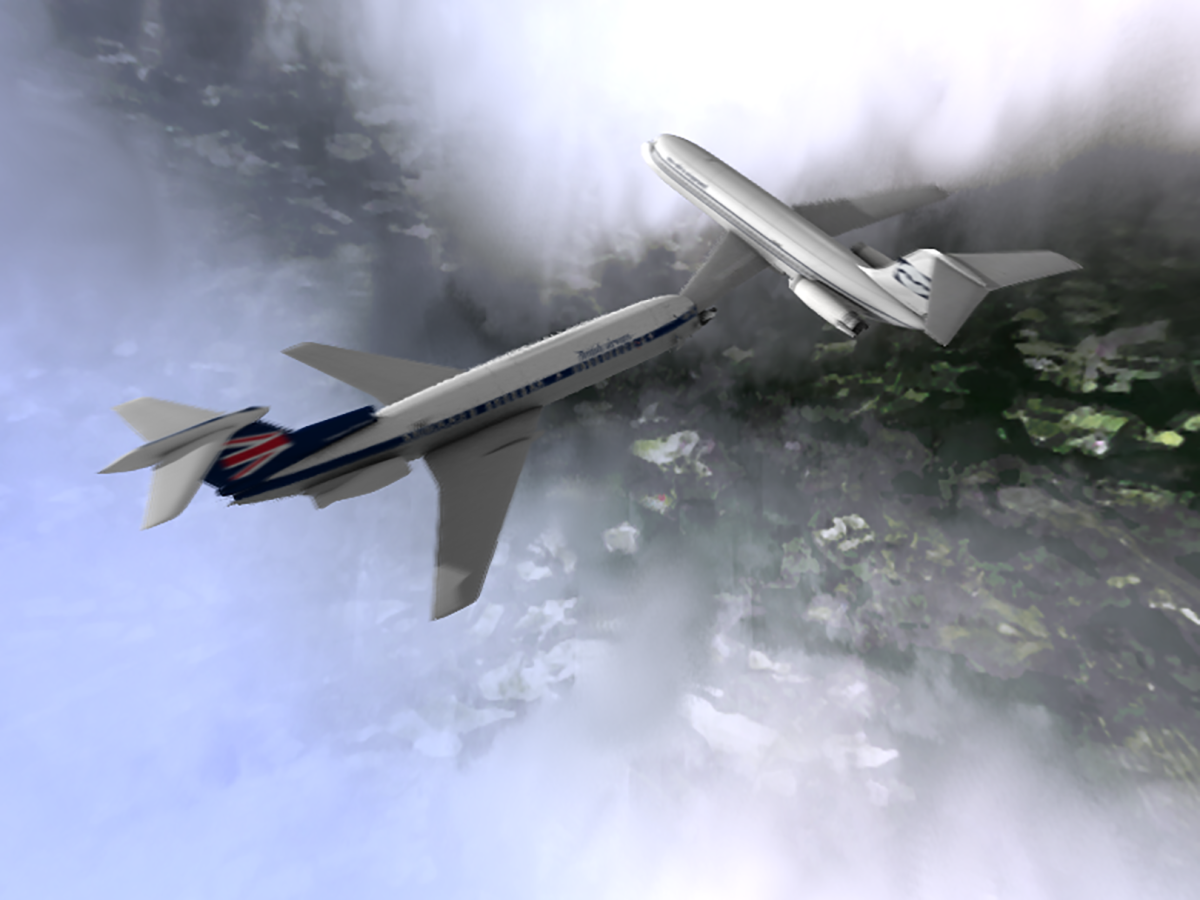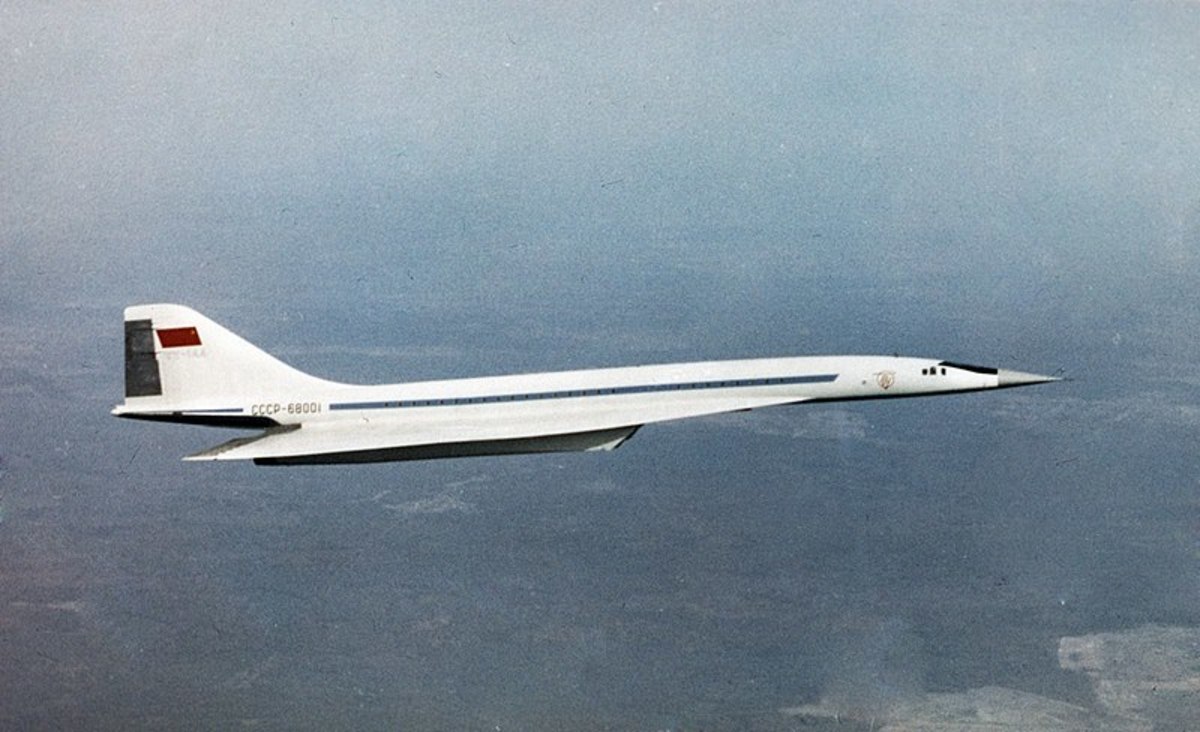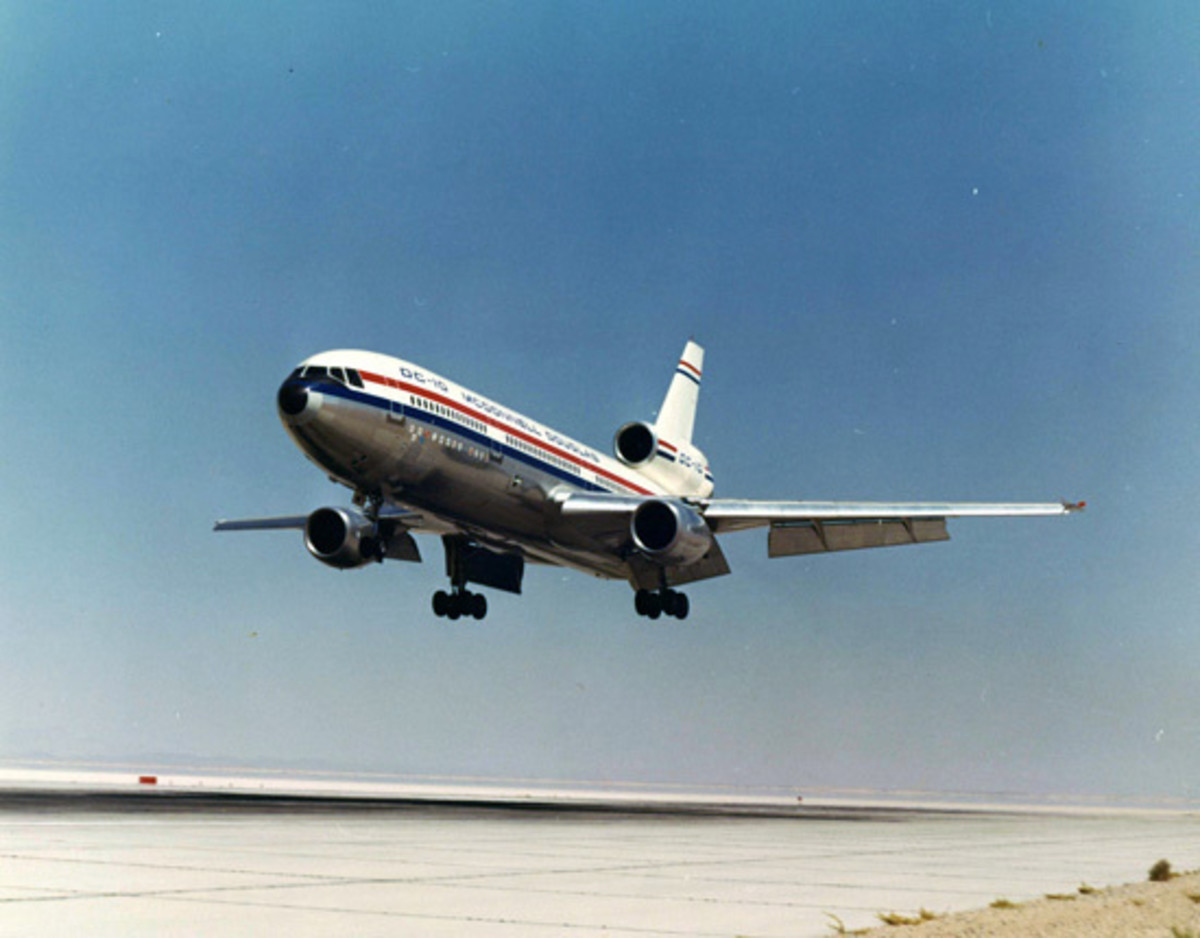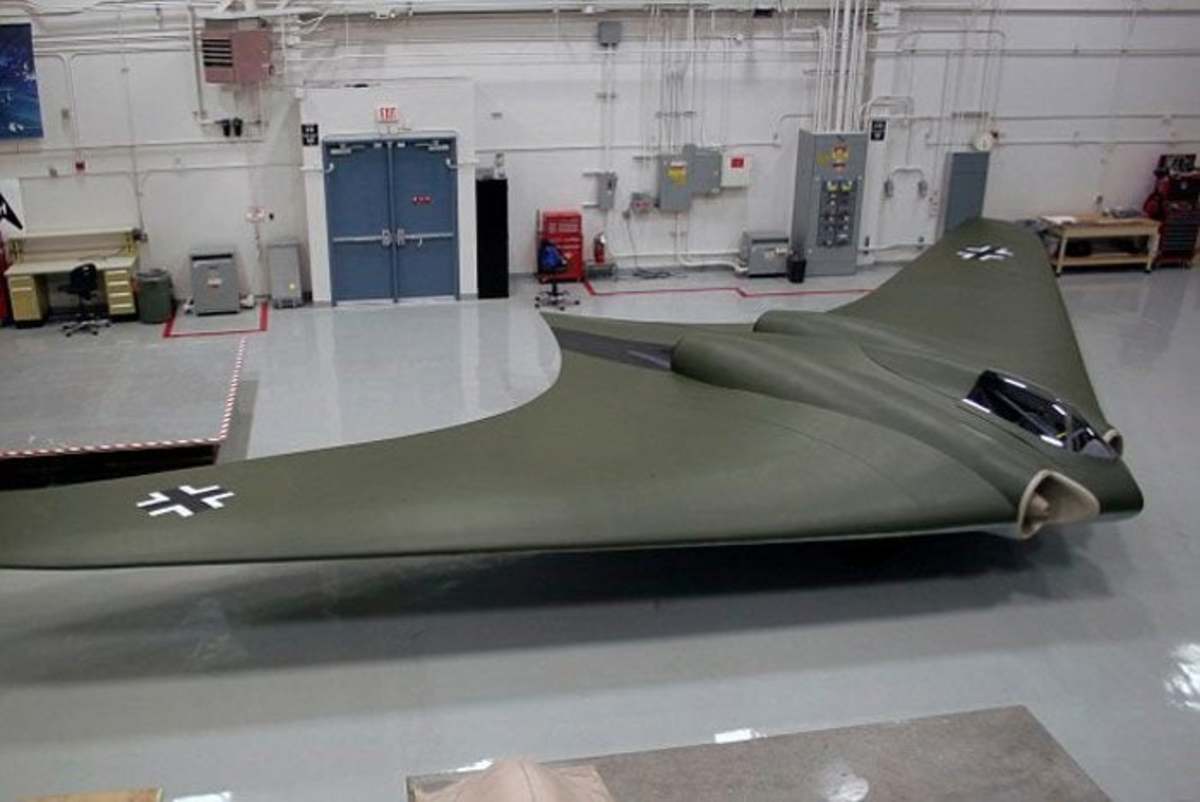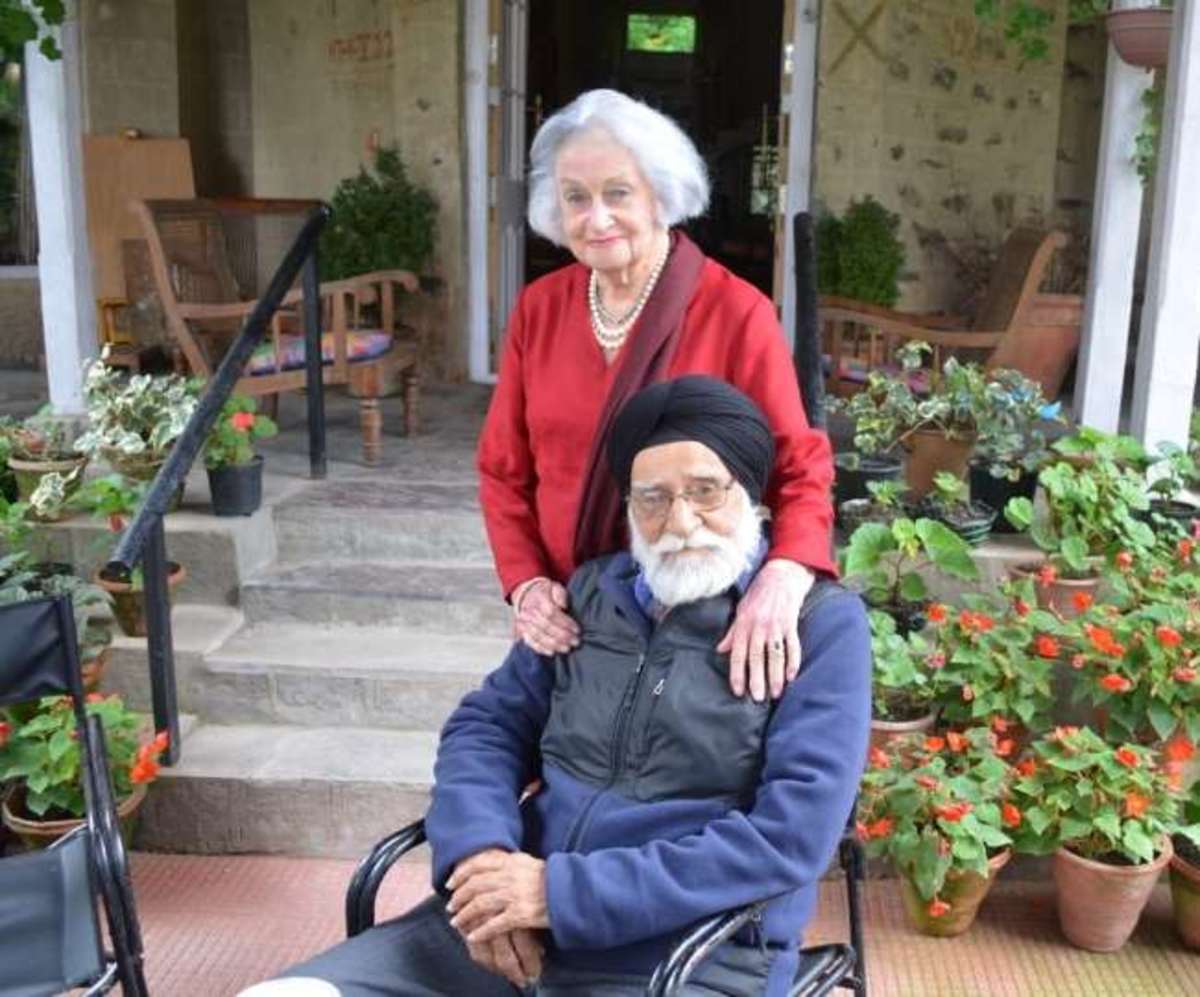PILOT TRAINING IN AUSTRALIA (PART 1)
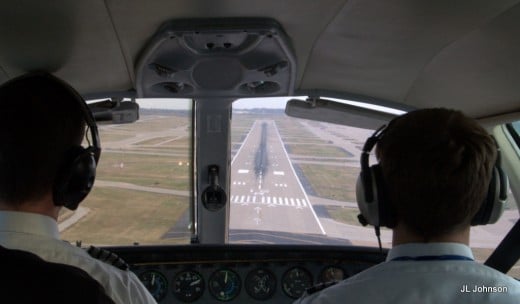
Introduction to pilot training in Australia (Part 1 to 7)
Everything you need to know to become a pilot includes:
- How to get started
- choosing a flying school
- Flying school directory
- Training aircraft guide
- Your first lesson
- Theory training
- Flight tests
- Navigation training
- Flying careers
- What about Helicopters?
- Military Flying
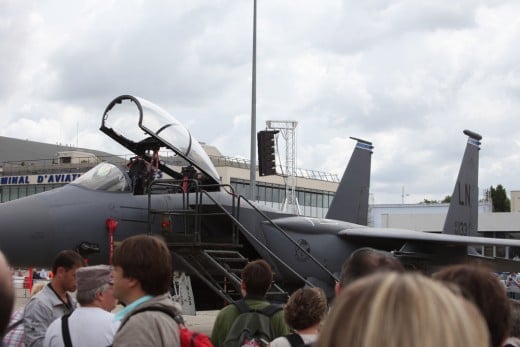
A new dimension
EVERY PILOT RECALLS THAT ABSOLUTELY UNFORGETTABLE MOMENT WHEN THE INSTRUCTOR CLIMBED OUT OF THE AEROPLANE, AND WITH A FEW CALM WORDS OF ADVICE, SENT THEM ON THEIR FIRST SOLO FLIGHT.
And as you develop your skills there'll be plenty of other moments that will find a permanent place in your memory. It might be the experience with your brand-new instrument rating, of climbing out of a soggy cloud layer into the crisp, bright morning sunlight; of safely bringing off a specially difficult crosswind landing on a tricky airstrip; of amazing views of seascapes, coral reefs, snow-clad alps, sparkling city lights at night, or the vast outback in the wet season - all experiences that cannot be enjoyed by people who don't fly. Whatever your aim, learning to fly is a big commitment, and proficiency is just as vital to the private pilot as it is in an airline pilot's career, or If you want to be able to leave the car behind and use your aeroplane for business travel. Identifying why you want to fly will help you make other decisions, such as your choice of flying schools and what courses to undertake. But remember also that as progress you may, as many pilots do, be so attracted to flying that you decide to shift your goalposts.
In the following pages we set out all your options, and the many ways of realizing your ambitions. Some flying schools offer full-time courses that take you straight through to basic airline pilot qualifications, while others operate in a more informal and relaxed atmosphere, and bring you to those goals at a more gentle pace. Or if you're happy to fly only in light two-seaters, the RAAus route may be the best for you whichever course you decide to follow, you'll enjoy your flying more if you're determined to be good at it!
ACRONYMS & TERMINOLOGY
THERE'S AN ABBREVIATION FOR ALMOST EVERYTHING IN AVIATION, SO TO AVOID CLUTTERING OUR TEXT WITH BRACKETED EXPLANATIONS OF THINGS LIKE "MLAS" (MULTI-LETTER ACRONYMS!), THEY'RE ALL IN THE GLOSSARY OF TERMS IN THE PILOT TRAINING IN AUSTRALIA (PART 7)
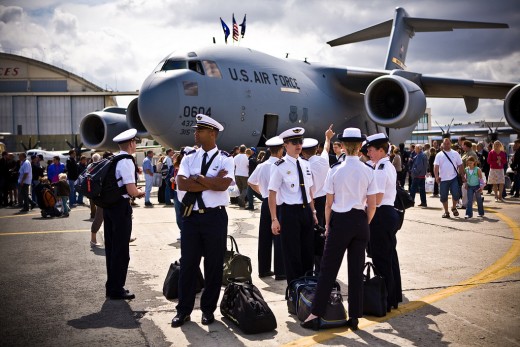
Paris Air Show is the world's oldest and largest air show
What's it all about?
WHETHER YOU WANT TO FLY FOR FUN, TO TRAVEL ON BUSINESS OR TO BECOME A PROFESSIONAL PILOT, THERE ARE MANY OPTIONS YOU CAN CHOOSE FROM. THEY COVER YOUR CHOICE OF FLYING SCHOOLS, AIRCRAFT TYPES, ADD-ON QUALIFICATIONS, AND HOW YOU INTEND TO USE YOUR LICENCE.
PEOPLE learn to fly for all sorts of reasons. You may just want to tootle happily around the sky at weekends in an uncomplicated little single-engined aeroplane with a friend or two, or you may dream of going cruising to faraway and hard-to-reach destinations on your holidays. You may believe, as many have found, that owning your own aeroplane can help you extend your business by putting you in reach of more distant opportunities. Perhaps you see yourself sharing the variety-filled lifestyle of a charter pilot, where opportunities start at light single engine 'air taxis' and progress to modern intercontinental corporate jets. Or maybe you seek the rewarding, challenging but stable career of a mainline jet transport captain.
Whatever your motivation, you'll find that learning to fly is fun; it's challenging, fascinating and character-building, and as your skills develop, you'll begin to take pride in how well and how quickly you pick up the necessary abilities and knowledge - the understanding of how and why an aeroplane flies, developing handling and awareness capabilities, learning about the weather, navigation, flight planning, handling emergencies - and your confidence will grow with every flight.
In parallel with flight training if you're seeking a CASA licence (see options later), you'll first need to obtain a student pilot licence. You won't need that right away but it takes time and you can't fly solo without it, so best get stuck into the procedures early. First, you'll need a medical certificate, issued by a CASA-designated aviation medical examiner, and you'll also need an aviation security identity card (ASIC) both before you can fly solo. You'll easily locate a DAME near you from the CASA web site (www.casa.gov.au). Your flying school will normally help you to obtain an ASIC, but remember the process can sometimes be inordinately long because of new security check requirements, so do it early.
There's often a temptation to spend every last cent you have on additional ratings and endorsements to give yourself an edge. However some of these investments may well be a waste of money. An instrument rating will be a good addition to your commercial qualification and an endorsement on a twin engine aircraft will be valuable to have under your belt in preparation for your search for work. However the ratings you seek as a private pilot should be selected to line up with what you plan to do, and as a new commercial flying graduate a night rating and an instructor rating may not be necessary acquisitions.
GETTING STARTED
These days, it's very important-to choose a flying school that matches your needs and expectations. So the first thing you need to decide is where you want your flying training to take you. If your direction is purely recreational, you have three choices.
Option One is to learn at a "general aviation" (GA) school which holds an air operator certificate (AOC) issued and overseen by the Civil Aviation Safety Authority (CASA). Most such schools operate on a "one-on-one" basis rather than in a classroom environment.
Option Two, if your interest in flying is only recreational, is to train with a school which is part of Australia's fast-growing light sport aircraft sector, overseen by Recreational Aviation Australia (RA-Aus), an association of aircraft owners, operators and pilots who have come together to look after the interests of recreational flyers. RA-Aus is experiencing huge growth in numbers of members and aircraft.
Option Three is to engage in a full-time, integrated training program, usually in a combined classroom and flying program, and this is more commonly (but not always) the choice of intending pilots who plan a career in commercial flying. The services offered vary widely, with some schools also offering live-in accommodation, meals, training, sport and study facilities.
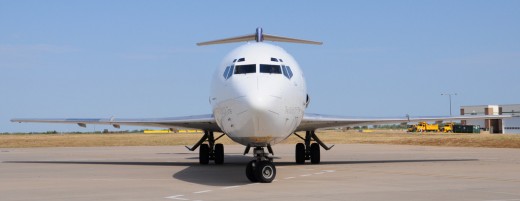
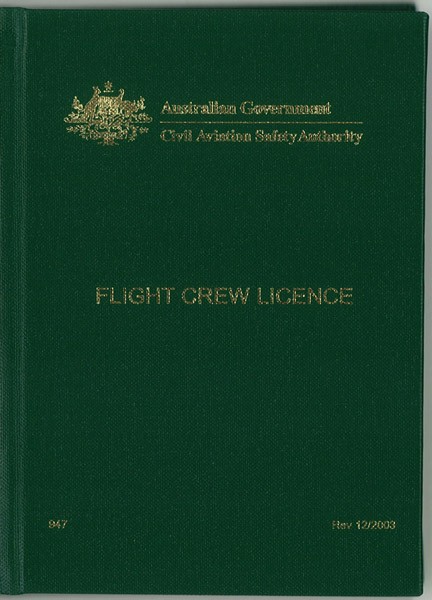
Licence categories
JUST LIKE DRIVING A CAR, YOU'LL NEED A LICENCE WHICH WILL TELL THE WORLD WHAT YOU'RE QUALIFIED TO DO.
A PILOT licence is an approval to conduct any flying that you're trained for, which will depend on what you want to do, and in what aeroplane or helicopter types. The actual approvals are spelled out on your licence in the form of "endorsements" and are changed every time you obtain another qualification. Each licence category requires you to pass both ground subject examinations and flying tests. Some FTOs run their own ground schools, and those who don't will direct you to a school they recommend, where it can be done either by correspondence or in a series of classroom courses. Pilot licences are subdivided into several categories. We'll start with the simplest and work 'upwards':
An RA-Aus pilot certificate allows you to fly any RA-Aus registered aircraft category for which it is endorsed. There are several categories, ranging from kitelike powered machines which are basically powered hang gliders, to conventional looking aircraft which look very much like any small two-seat general aviation aeroplane, and sometimes perform even better. Their size however is limited by relatively low maximum permissible takeoff weights, low stall speeds, and an overall limitation to two seats including the pilot.
A private pilot licence allows you to fly any aircraft for which your licence is endorsed, but not to fly "for hire and reward" which means not commercially. Endorsements on your PPL will detail what aircraft you may fly, and in what roles. The licence does not limit you to any category of aircraft, and doesn't prevent you from gaining night and instrument flying or multi-engine ratings. Some private pilots own multiengine jets and can (and do) fly them to almost anywhere in the world. Private pilot require only a "Class 2" medical certificate, which needs to be renewed only every two years.
A commercial pilot licence allows you to fly any single-pilot aircraft for which the licence is endorsed, in private or commercial operations except scheduled passenger services, and as co-pilot on transport aircraft. Examples would be charter (air taxi) flights, aerial chemical application (air agriculture), or flight instruction (if you also hold an instructor rating.) A CPL holder must be at least 18 years old; hold, (or be qualified to hold) a radiotelephone operator licence; must have passed a CPL theory examination and a CPL flight test; and meet the minimum aeronautical experience requirements. Holders of CPLs and higher licences must also hold a Class 1 medical certificate to fly paying passengers. In reality, almost all airline co-pilots hold ATPLs so that they are ready for command training.
With an ATPL you can fly in command of aircraft of any category on regular public transport services, within the limitations of your type ratings and other qualifications. A typical ATPL holder may be flying in command of anything from a small IFR twin on bush operations to a four-engined jet.
Multi-crew pilot licences are a completely new concept which will inevitably play an increasing role in turning around the current shortage of experienced pilots. An MPL candidate is firstly assessed by an airline as suitable in terms of aptitude, learning capacity, fitness and basic qualifications, and then undergoes intensive multi-crew training as a first officer, with fewer hours of flight training but all in a two-crew environment and a greater amount in advanced simulators. Graduating MPL pilots will only be approved to fly with the airline for which they are trained, and advancement to command will depend on experience and performance. An MPL will not qualify the pilot to fly in command of any aeroplane, including light single-engined aircraft, unless they train for and obtain at least a PPL.
It's right at this point that you need to make your first decision. If you only want to fly small two-seat aeroplanes as a recreation in daylight and good weather, you'll probably want to consider the ultralight path, and sign up with RA-Aus, a self-administering body which provides airworthiness and flying guidance, aircraft registration and overall safety oversight for recreational pilots flying aircraft within the ultralight definition. Although you'll be limited to VFR in two-seaters with an upper weight limit that also restricts the aircraft's degrees of sophistication and capability, this represents a lower-cost option than general aviation flying under CASA oversight and aircraft registration, and various ultralight aircraft are available at relatively modest prices. Another advantage of the RA-Aus path is that with appropriate training, you can, if you wish, and with suitable training, carry out your own maintenance.
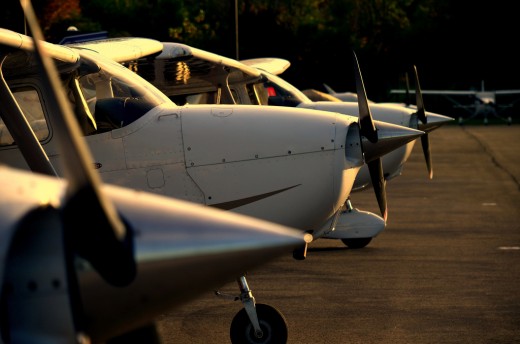
Training in the GA environment
TRAINING IN A CONVENTIONAL COMMERCIAL FLYING SCHOOL OR AERO CLUB IS A POPULAR OPTION.
MINIMUM flight time to obtain a PPL is at least 40 hours of flight time, including:
- at least 5 hours of general flight time as pilot in command;
- at least 5 hours and at least 150 miles of cross-country flight time as pilot in command; and
- at least 2 hours of instrument flight time;
Not all schools have an air operator's certificate (AOC) that authorises flying training for the issue of a CPL; and the difference can be up to 50 hours of additional flying. A "commercially trained person" (one who's trained by a commercial flying school) must fly a minimum of 150 hours, according to a specified syllabus. That includes a minimum of 70 hours as pilot in command, at least 20 hours of which must be cross-country flight as PIC; and at least 10 hours of instrument flight time, which any trainee would normally do while obtaining a CIR. Up to 10 hours of simulator training may be included in the 150 hours minimum.
If you train at a non-commercial school, the minimum total flight time for a CPL is 200 hours. This will usually be either an aero club or a privately-owned school operating on a commercial pay-as-you-go basis. A GA flying school usually has a tailored suite of teaching capabilities which may or may not include approvals for specialised training such as tailwheel aircraft, amphibious operations, aerobatics, instrument ratings, and instructor training.
If you elect to take the GA path, aero clubs are almost universally good value, as are most of the commercial flying schools, but it's a good idea to identify some people in your community who've learned to fly, and to seek out their opinions on the various schools.
A word of warning: Unless you have assurance of financial protection, it's generally a bad idea to pay for training in advance, despite possible offers of a discount for doing so. For example, we've been told of one person who signed up for a straight-through CPL course and paid $35,000 in advance, only to have the school go bankrupt a couple of weeks later.
Any reputable school will have a balance of senior and experienced instructors, and less-experienced junior instructors who need supervision. It's perfectly reasonable to ask how often you can expect a senior instructor to fly with you, to make an assessment of your progress; and it's also reasonable to ask that these assessments be shared with you, so you'll have a read-out of the progress you've made, and whether you can expect to have to do more than the minimum amount of training before you can undergo a flight test for a licence.
To help you decide whether you really want to commit to training, your first airborne experience will be a "trial instructional flight" with an instructor, who will show you around the aircraft explaining the functions of the various systems, components and controls, before taking you up for (typically) 30-40 minutes and giving you a chance to try your hand at controlling the aircraft, including keeping it straight and level, turning, climbing and descending.
But before you commit yourself, you also need a student pilot licence, a medical examination by an approved doctor, and depending on where you're training, possibly an aviation security ID tag. Your chosen flying school will help you obtain these.
In the flying part of your PPL you'll first learn the basic principles of aircraft control and flight management, ground handling and taxying, in-flight radio communications and other key aspects of being a pilot. You'll spend around 30 hours at the controls practising a basic range of manoeuvres including takeoff, climb, straight and level flight, turns, in-flight climb and descent, descent for landing, and the landing itself. The absolute minimum number of flying hours to complete this stage of the training is 25.7. Realistically, you should allow a few more hours to hone your skills and address any aspects of the training which need some additional attention.
You'll fly consecutive circuits (usually referred to as "circuits and bumps") during each session using the 'touch and go' technique, in which you land, retract the flaps, adjust the trim if necessary, and then apply takeoff power again without stopping. These sequences provide intensive experience in the range of tasks confronting the pilot in normal flight, because each circuit includes the several flight phases we've mentioned. You'll also be trained in emergency landings, to ensure you're prepared for the unlikely event of an engine failure.
While still limited to dual control with an instructor beside (or behind) you, you're further coached to refine your skills until they become intuitive, controlling airspeed with various combinations of power setting and nose attitude, constant-angle approaches — as, well as short takeoffs, short-field approaches, landing and taxying. You'll quickly find yourself becoming more proficient at aircraft handling while doing all sorts of things simultaneously.
"Assuming that after this brief experience you won't decide to invest your recreational budget in golf, skiing or fishing gear, your first hurdle is the general flying progress test"
South Australia aviation academy flight school

THE BIG MOMENT
At some point in your training, typically at about the 12 hour mark although it varies a lot, your instructor will have formed the view that you're ready to fly your first solo circuit - an event that every pilot remembers for life. One account, from a pilot who's now a Boeing 737 captain, will recall familiar sentiments:
"I was worried that I just didn't seem to be getting any better at it. After every session, we'd have a chat about how I'd gone, and what needed more attention. On this particular morning, the instructor said we were going to concentrate on circuits and landings, `To polish you up a bit.'
"We'd done four or five circuits and I felt each was better than the previous one. Then, as I was about to touch down for a full stop landing, a bit of a gust blew us sideways and at the same time it sent us about ten feet further up than we should have been. I put on a little power to stop sinking too fast, and banked a bit into wind with a touch of sideslip rudder to stop us drifting sideways. One wheel touched down but bounced, but then I got it sorted out although I thought we'd landed a bit heavily the second time.
"I glanced sideways at the instructor but she seemed calm. Then as we taxied in, she said: 'You got into a bit of bother there but you handled it pretty well, and that's what flying's all about. I'd like you to stop at this intersection, and I want to get out and watch from the ground while you do one solo circuit. If anything goes pear-shaped like that at the last moment, you just apply power, retract the flaps when you have climbing airspeed, trim for the climb, and complete another circuit, exactly the way we've been doing all along.
"It sank in. I was being sent solo. And I wasn't apprehensive, because she spoke with a confidence that was completely reassuring. The circuit was a bit of an anti-climax, but I concentrated on doing everything I'd been taught, and in six minutes I was back on the ground, picking up my instructor, and receiving a congratulatory handshake. "Wow!"
MAKING PROGRESS
From here on, you'll do a couple more quick checks followed by solo circuits of durations increasing up to an hour or more, and you'll also receive a series of more advanced training sessions on specific flight sequences, each followed by solo practice of the same sequence.
At the end of this phase your competency will be tested in a "General Flying Proficiency Test" (GFPT). This will assess whether you have the necessary skills to fly solo in the designated training area for the aerodrome at which you are training. You'll also be able to carry passengers within that defined area.
CONTENTS
PILOT TRAINING IN AUSTRALIA (PART 1)
A new dimension
Discovering the pleasures of flying.
What's it all about
Why do people learn to fly, and what are their training options?
Licence categories
Tailoring your flying qualifications to your needs and preferences.
Training in the GA environment
The traditional training path in a general aviation school.
PILOT TRAINING IN AUSTRALIA (PART 2)
RA's simple and its fun
Recreational aviation has come of age, and is an increasingly popular option.
Full-time airline pilot training
If you're seeking an airline flying career, this is the way to go.
New technologies and training philosophies
Training as a team member from Day One.
Choosing your flying school
Tricks and traps n how to evaluate a training facility.
PILOT TRAINING IN AUSTRALIA (PART 3)
Different by design
The design features that make aeroplanes different.
Trying your hand
What happens on your first flight.
PILOT TRAINING IN AUSTRALIA (PART 4)
The training aircraft fleet
Some of the more popular training aircraft in the current fleet.
The walk-around
A guide to the main components of a modern light aircraft.
At the controls
Everything on the instrument panel' is important to enjoyable and safe flight.
The 21st Century instrument panel
New technologies bring easier flying and navigation.
Airports and circuits
A guide to the typical airfield and the sky above it.
PILOT TRAINING IN AUSTRALIA (PART 5)
A flying start
What you'll lear and how you'll learn it.
Your first test
The first of a series of tests that will culminate in licence issue.
Finding your way
Learning to navigate visually is a skill you'll need to acquire.
PILOT TRAINING IN AUSTRALIA (PART 6)
Career options
Many and varied options that may become your career or part of it.
An airline flying career
A satisfying and challenging but rewarding career choice.
The helicopter alternative
Rotary wing training and careers
CASA approved flying schools
A directory of all Australian schools available to the general public.
RA-Aus approved flying schools
A directory of recreational schools.
PILOT TRAINING IN AUSTRALIA (PART 7)
Flying gear
A guide to essential and optional flying equipment.
Aviation terms and acronyms
Guiding you through the maze of experssions you'll encounter.

